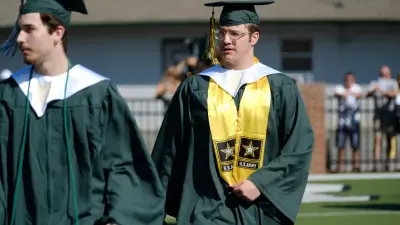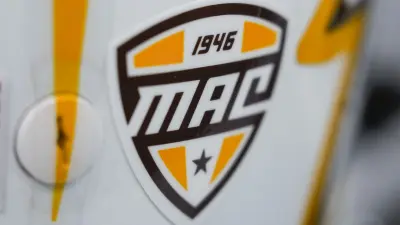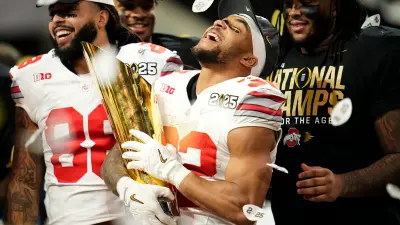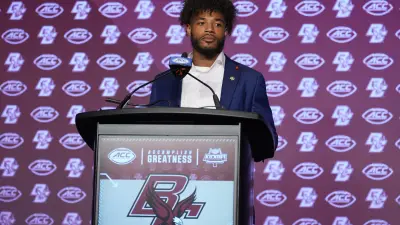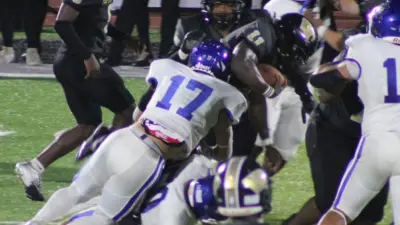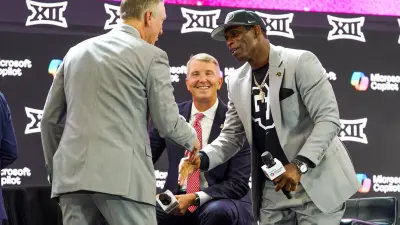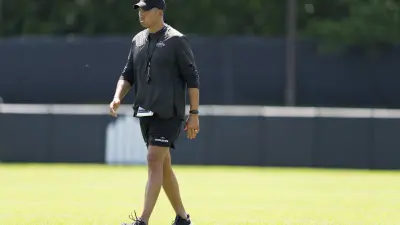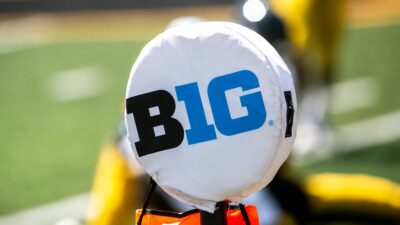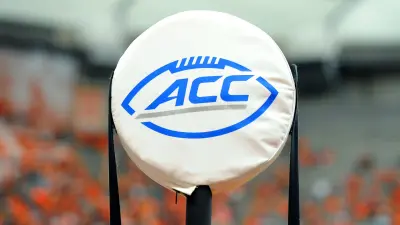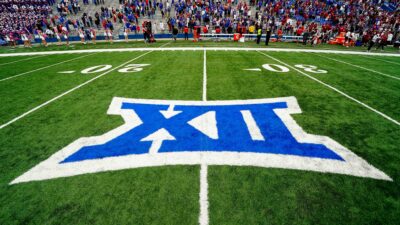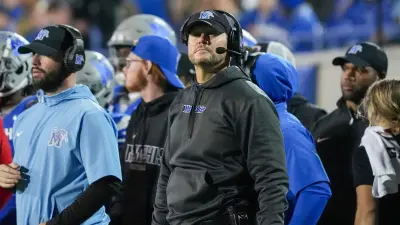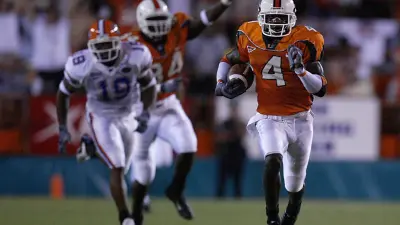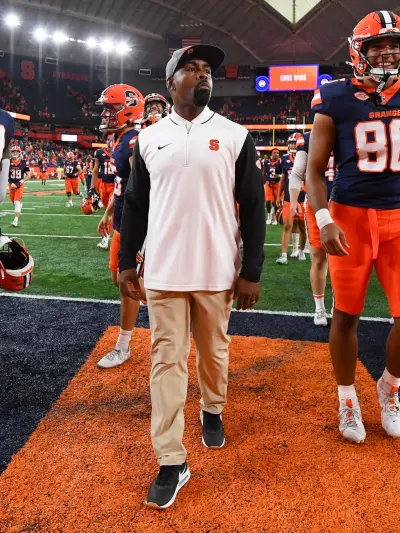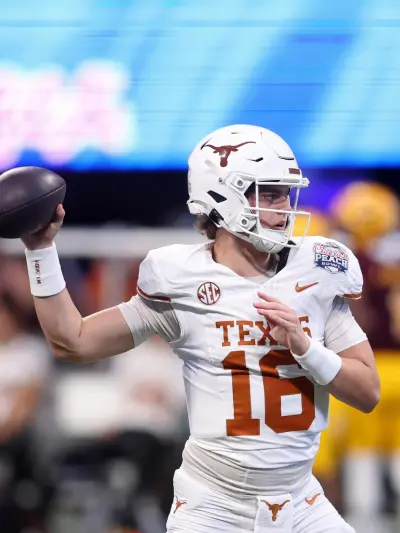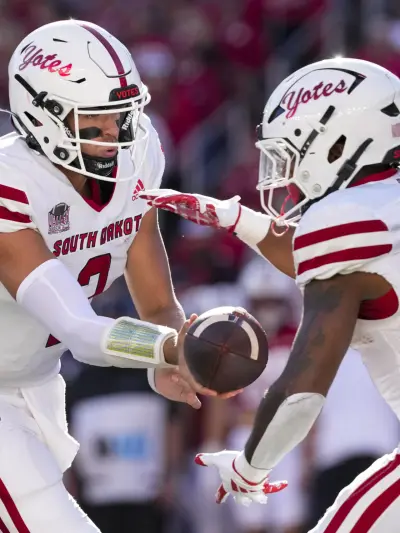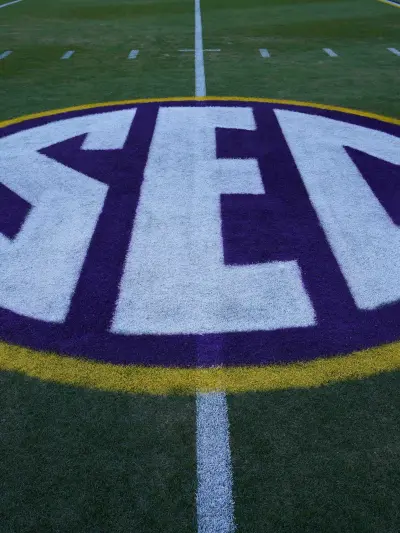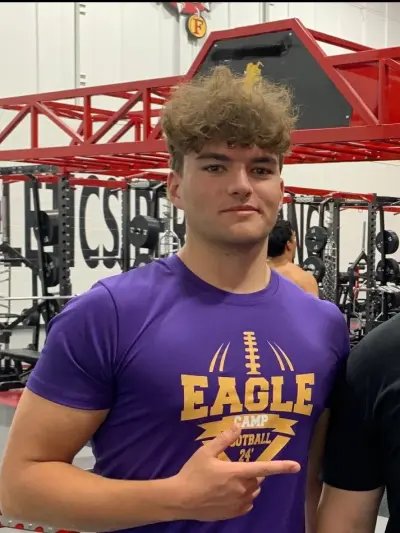By Staff
It’s not just about honing your jump shot or sprint speed to be ready to dominate on a college field or court. Strict eligibility requirements that prioritize academics must also be met by aspiring athletes. Many teens discover quickly that paperwork can feel as heavy as weight plates, so they look for tools like WritePaperForMe to stay on top of essays and research reports while training. Before exploring the recruiting maze, every prospect should answer a basic question: What is the NCAA, and how does it manage college sports? The National Collegiate Athletic Association oversees thousands of programs and sets academic standards meant to balance books with balls. Knowing the rules early helps families plan class schedules, test dates, and workout plans in harmony. From creating a file with the NCAA eligibility center to organizing off-season workouts, this guide simplifies the procedure. By following along, coaches, parents, and students can create a clear schedule that maintains grades and dreams.
Understanding What’s NCAA and Its Mission
College sports fans hear the initials every weekend, but many recruits still type “whats ncaa” into search boxes. The answer is simple: the NCAA is a nonprofit group that organizes competition, crowns champions, and, most importantly for this discussion, safeguards the academic life of every NCAA student athlete. Founded in 1906, the association creates three divisions with different scholarship limits and training calendars. Division I gets the spotlight, yet Division II and III also offer rich experiences and degree paths. No matter the level, each college agrees to follow shared bylaws so that results stay fair and student welfare comes first. Those bylaws shape practice hours, transfer rules, and medical care, but they also define the academic bar that high-schoolers must clear before stepping on campus. Because the NCAA does not recruit directly, schools handle scouting, yet coaches cannot ignore grades. Understanding the mission behind the initials helps prospects see why classroom habits matter as much as highlight reels.
How to Use the NCAA Eligibility Center
The NCAA Eligibility Center is the first official place a sophomore in high school who has made the decision to play collegiate sports goes. Test results, amateurism questionnaires, and transcripts are collected by this online resource, which was formerly known as the Clearinghouse. It’s easy to create an account: create a profile, list all of the schools you attended starting in ninth grade, and then choose to pay the fee or request a waiver. Students must then ask counselors to verify their graduation dates and upload their most recent transcripts. When athletes wait until their senior year to learn that their approval has been delayed because of a missing science credit, many mistakes are made.Families can verify if summer classes qualify and keep track of which NCAA core courses still need to be scheduled by using the dashboard early. Additionally, test results must be sent straight from the testing organization with code 9999. Keeping information current demonstrates responsibility and avoids unpleasant surprises on signing day, as the eligibility center provides data to college coaches. Consider it the online gatekeeper for competition on campus.
Meeting NCAA Core Courses and High School Requirements
More Sports News
Comprehending the NCAA core course list is similar to reading the blueprint for a strong house; if you omit one beam, the entire thing will fall apart. Division I anticipates sixteen authorized classes comprising two years of natural or physical science, three years of math at Algebra I or above, four years of English, and additional social science and electives. Despite the layout appearing to be standard, not all honors or online classes are accepted, and each high school must submit its own syllabus for approval.As a result, counselors and coaches should regularly compare student schedules to official charts to ensure they satisfy NCAA high school requirements. The idea remains the same: earn credits on time and at the appropriate level. Division II offers comparable but somewhat loosened totals. In addition to course counts, NCAA requirements establish a sliding GPA and test-score scale, so finishing more difficult courses ahead of schedule can help you score higher on the SAT or ACT.Planning ahead keeps eligibility paperwork smooth and stress low.
Decoding NCAA Eligibility Rules and Academic Benchmarks
The NCAA eligibility rules may look like legal code at first glance, yet a closer read reveals a straightforward promise: if a student works hard in class and maintains amateur status, doors remain open. The most talked-about regulation is the GPA‐test score sliding scale. For Division I, a 3.55 core GPA requires only a 400 combined SAT on the math and reading sections, while a 2.3 GPA calls for a 980. Division II uses a slightly different chart, but the idea is identical—balance weaker areas with stronger ones. Another academic benchmark is the “ten-seven” rule. By the start of senior year, prospects must have finished ten of the sixteen core courses, and seven of them must be in English, math, or science. Failing to meet this checkpoint locks an athlete into seeking Division II or junior college options. Schools also track full-time enrollment and progress-toward-degree once an athlete arrives on campus, ensuring that players keep advancing toward a diploma instead of stalling after eligibility begins.
Balancing Athletic Training and Classroom Success
Passing classes while raising vertical leaps demands intentional scheduling. Successful recruits often build weekly calendars that treat study halls with the same respect as weight-room sessions. A common strategy is the “two-hour block.” Athletes pick two uninterrupted hours during peak alertness—often early afternoon—to finish homework before evening practice. Coaches appreciate that system because it reduces the need to chase missing assignments later. Another tip is using travel time wisely. Bus rides to tournaments become opportunities to review flashcards or outline essays on a tablet.Additionally, many athletes create online accountability groups in which they quiz one another on vocabulary or chemistry formulas. Parents can assist by limiting late-night screen time, which protects critical sleep for muscle repair and mental clarity. Finally, athletes should have frank and straightforward conversations with teachers about competition schedules. Teachers can avoid last-minute scrambling by preparing makeup assignments ahead of time when they are informed in advance of away meets. Students who see academics and athletics as partners rather than rivals succeed in the long run.
Techniques for Physical Training for Future NCAA Student Athletes
Physical training should be tailored to an NCAA student-athlete’s schedule as well as the requirements of their chosen sport. The off-season is meant to strengthen the body as a whole and correct any imbalances that could cause future injuries. While functional lifts like squats, deadlifts, and pull-ups offer a solid foundation, mobility drills maintain joints moving smoothly. Power and sport-specific exercises become the main focus of preseason training. In order to increase speed and endurance, runners incorporate tempo exercises, and volleyball players add plyometric boxes. Rest days are non-negotiable in all stages. Recovery windows, not workouts, are when the body gets stronger. Nutrition is another essential component. Colorful vegetables should take up half of the plate, followed by lean protein on the other quarter and whole-grain carbohydrates on the final quarter. This is a simple rule. The majority of experts recommend drinking at least half an ounce of water for every pound of body weight, though there are various hydration objectives. Athletes who understand these principles arrive on campus equipped to handle collegiate workloads without becoming fatigued or suffering from overuse injuries.
Leveraging Recruiting Resources and NCSA Meaning
Recruiting today extends far beyond mailing highlight DVDs. Digital platforms now connect coaches and athletes in seconds, and understanding NCSA meaning gives prospects an edge. Next College Student Athlete, commonly shortened to NCSA, is a private company that helps families build online profiles, distribute verified stats, and learn communication etiquette. While no service can guarantee a scholarship, organized information often moves a player higher on a coach’s watch list. Social media can help, too, when used wisely. Posting consistent training clips and academic achievements portrays discipline, but negative comments or questionable photos raise red flags quickly. Email remains the formal channel for first contact; including GPA, test scores, and links to recent games saves coaches time. Attending regional showcases also helps athletes compare their skills with true college standards and collect unbiased feedback. Whether using paid tools or free school resources, the objective remains the same: deliver accurate data to the right coach at the right moment.
Knowing the NCAA Age Limit and Other Special Cases
Age rarely hinders a typical high-school senior, yet non-traditional paths—such as international competition or military service—can trigger the NCAA age limit. Division I baseball, for instance, counts the athlete’s clock from high-school graduation; if two years pass before enrollment, the athlete loses a season of eligibility. Hockey and skiing follow their own formulas that balance junior-league opportunities with college fairness. For most sports, however, the focus stays on enrollment status rather than birthday candles. Prospects who delay college to take a gap year must remain amateurs and avoid prize money exceeding expenses, or they risk forfeiting seasons. The NCAA also reviews hardship waivers for students who miss time due to illness or family tragedy, potentially restoring a year of play. Understanding these special cases early helps families make informed decisions about travel teams, pre-professional leagues, or missionary programs. When in doubt, calling a compliance officer at a target school provides authoritative guidance before commitments become irreversible.
Final Checklist and Roadmap Before College
With senior year flying by, a well-structured checklist turns disorganized tasks into a manageable road map. First, confirm that the test results transcripts and amateur status all have green checkmarks on the NCAA eligibility center profile. Second, to avoid a last-minute rush for makeup credits, compare the fall and spring schedules with any remaining NCAA core courses. Third, spend more time on skill development and recuperation, and only retake the SAT or ACT if doing so will actually increase the sliding-scale index. Fourth, check financial aid records through each college’s scholarship portal and the FAFSA. Sometimes, academic grants and athletic awards can be combined, but only if the necessary paperwork is turned in on time. Fifth schedule an open dialogue with the family physician or athletic trainer to discuss any residual injuries and create a college conditioning schedule. Finally, practice good digital citizenship by deleting outdated posts from accounts that could be misconstrued.Recruits who successfully complete these tasks arrive on campus with the confidence to manage both textbooks and playbooks.
